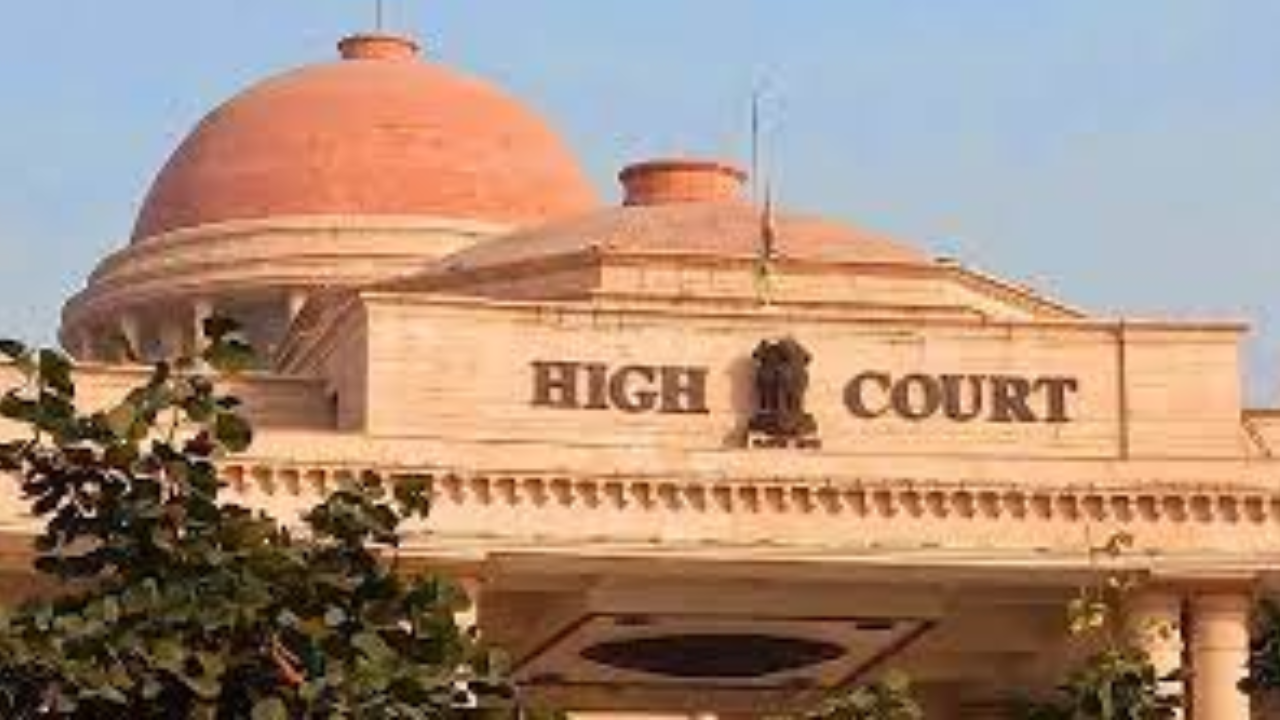High Courts: Know History, Qualification &Tenure of Judges
The Indian Constitution, articles 214 to 231 in Part 6, deals with the organization, jurisdiction, and powers of the High Court.

Introduction High Courts: The Indian constitution has an integrated judicial system where the Supreme Court is at the top the High Courts below it, and the Subordinate Courts below- and all are governed by the same legal code. There are 25 High Courts in India.
The 7th amendment of the constitution authorized parliament to establish a High Court for every state in the country.
The appointment of judges is done by the President and Governor, in consultation with the Chief Justice of India. The judiciary in the State consists of High Courts and Subordinate Courts.
History of the High Courts
The High Court was established in India in 1862, and then High Courts were set up at Calcutta, Bombay, and Madras.
After 1950, the province containing the High Court became the Court of the State. The Supreme Court was inaugurated on 28th January, 1950.
Qualifications of the judges of the High Court
A person should have these qualifications as a citizen of India, he should have been an advocate of the high court for 10 years.
Tenure of judges of the High Court
- A judge of the High Court holds the office till the age of 62 years.
- He can quit his office by giving notice in writing to the President.
- He can be removed from his office by the president only, which is a long and difficult process.
Independence of High Court
- A High Court is always free from, the influences, encroachments, and pressures of the Executive and Legislature. This ensures the effective functioning of the judicial system of the constitution without fear and favor.
- The mode of appointment is also done by the President in consultation with the chief justice of India and the governor of the state.
- There is security of tenure for the judges and removal of judges is a difficult process.
- The salaries, allowances, and pensions of the judges and the staff are directly charged on consolidated India.
- Article 50 under DPSP, describes the separation of the executive from the judiciary.
- The conduct of judges cannot be discussed in parliament or state legislature, particularly about the conduct of judges in the discharge of their duties.
- The High Court has several powers which include writ jurisdiction, original jurisdiction, appellate jurisdiction, supervisory jurisdiction, control over subordinate courts, power of judicial review, and it serves as a Court of Record.
Read Also~ IDBI Bank Ltd: Personal & Corporate Banking | History and Share Price
